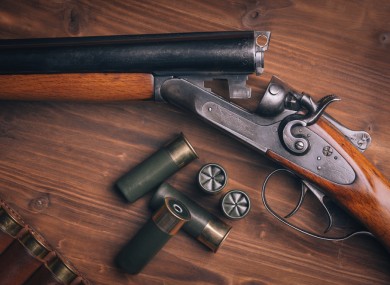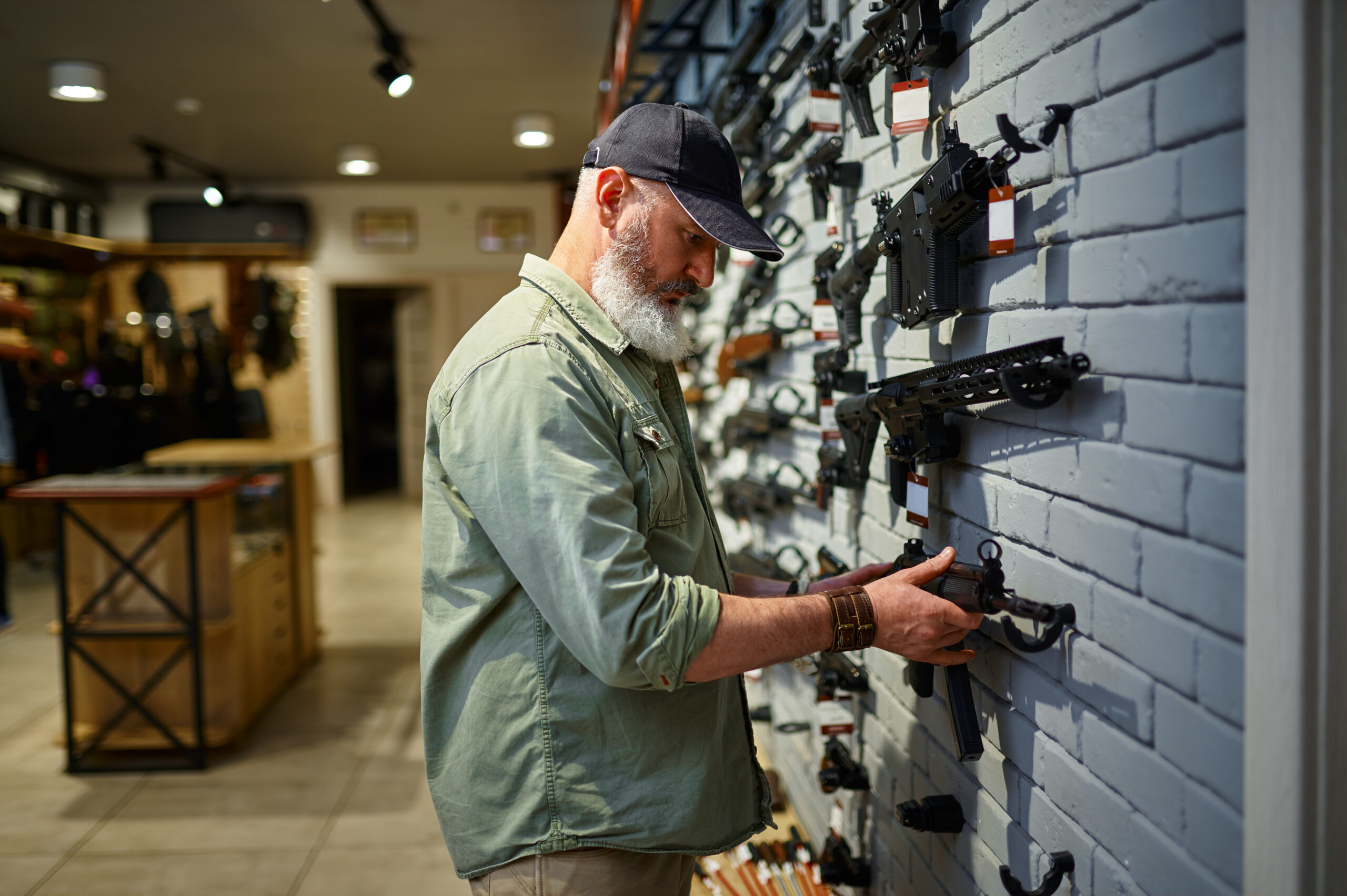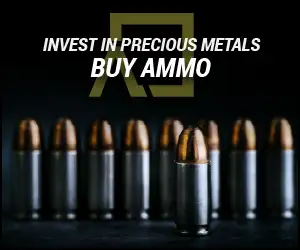You enjoy your guns, you shoot them, clean them, take good care of them, but what are they really worth? Gun valuation is part art, part science, with a few dashes of guesswork thrown into the mix. Guns are in a very unique category. Because they are generally tightly regulated, you can’t just put an ad online or on eBay to sell it. The political climate may also drive gun values up rapidly. Any talk of banning or restricting certain kinds of guns leads to rapid scarcity and related price increases.
When thinking about your gun’s value, you need to consider a few things. First, take the emotion out of it. That hunting rifle may be your grandfather’s gun, and there might be wonderful memories associated with it, but to anyone else it’s just a beat up old hunting rifle that’s seen better days. You wouldn’t part with it for a million dollars, but to any other shooter it’s worth $200.

Condition
In real estate, the adage is “Location, location, location.” Substitute “condition” when talking about gun values, and you’re on the right track. The biggest factor for almost any gun is the overall condition. Is it factory new? Has it been refinished? What non-factory modifications have been done to it? While a few scratches won’t affect the value of a new, commonly available semi-automatic pistol much, a few scratches can mean the difference in hundreds of dollars for a collectible Colt revolver. Even for a common gun, a well-cared for example will bring a premium over one that’s been abused, used, and shows its age. Knowing how to grade a gun’s condition is also important. The NRA uses a grading guide, as does the Blue Book. These are somewhat objective scales, and you should be familiar with them. What constitutes “great shape” to you might actually grade out to a 70% gun.
Matching Parts
While this is related to condition, the two are not the same. This especially applies to collector guns, where most collectors are looking for guns that are in as close to factory original condition as possible. A gun that has all factory parts will bring a lot more than a gun that has had various aftermarket parts stuck on it. This is especially true of parts that are serial numbered. Many older guns had serial numbers on several small parts, and if all these serial numbers match, the gun commands a premium over a gun that has even one or two mismatched parts. For a shooter grade gun a few mismatched part may not matter much, but for a rare collectible gun, it can be a big deal.

Provenance
In terms of rarity, the well-worn saying that “just because a gun is rare doesn’t mean it’s valuable” remains true to a certain extent. There may only be five known examples of a particular gun, but if only three The provenance of a gun is the gun’s story. This transcends things like condition or matched parts. This is the historic value of the gun, and can make an otherwise mundane gun suddenly extremely valuable. The stronger the provenance, the more valuable the gun can be. Collectors will pay huge premiums for guns with factory letters showing an unusual history, or confirming that it is what you say it is. A beat up 1911 from WWII might bring several hundred dollars. A beat up 1911 with ironclad documentation that it was carried by a US Soldier on D-Day might bring several thousand. Be objective when looking at what constitutes the provenance. Remember that no matter how great the story sounds, buy the gun, not the story, unless that story has excellent documentation.
Blue Book Value
This is the value given in the widely used book The Blue Book of Gun Values. This is an excellent guide that will give you an idea of your gun’s rough value, but many factors can change pricing rapidly. If the political climate is suddenly pushing gun control, your AR-15 might book for a few hundred dollars, but the selling price might be double or triple that. Perhaps your gun is incredibly common. It might book for $500, but if there’s a flood of them on the market, the realistic sales price might be lower.
Retail vs Private Sale
Let’s say your gun is worth $1,000, you know it’s worth $1,000, your local gun store just sold one for that same price. Now what? You can’t walk it down to your local gun shop and sell it to them for $1,000. They might consign it for you, and take about 20%, you could sell it on an online gun sales website, with the attendant issues of legally shipping the gun, paying listing and final value fees, as well as waiting to get your money. The short version is that even if your gun is worth something, you as a private individual may not be able to recoup that full value without spending substantial time and energy tracking down someone willing to pay that full price, and then foot the bill for transfer fees or other related costs. However you decide to sell your gun, factor in your time, effort, and other costs when you’re thinking of the actual cash in pocket you will have after the sale.
Import Marks
Somewhat related to provenance, import marks (or lack thereof) are an often discussed aspect of gun values. Since 1968, all guns imported into the US by a licensed importer are required to have the importer’s name, country of origin, and caliber. Guns that don’t have an import mark will usually command a premium over a gun that does. A non-import marked gun tends to show that it was a bring back from overseas, and is at least some evidence that it was a war trophy or captured firearm.
Final Thoughts
Somewhat related to provenance, import marks (or lack thereof) are an often discussed aspect of gun values. Since 1968, all guns imported into the US by a licensed importer are required to have the importer’s name, country of origin, and caliber. Guns that don’t have an import mark will usually command a premium over a gun that does. A non-import marked gun tends to show that it was a bring back from overseas, and is at least some evidence that it was a war trophy or captured firearm.







